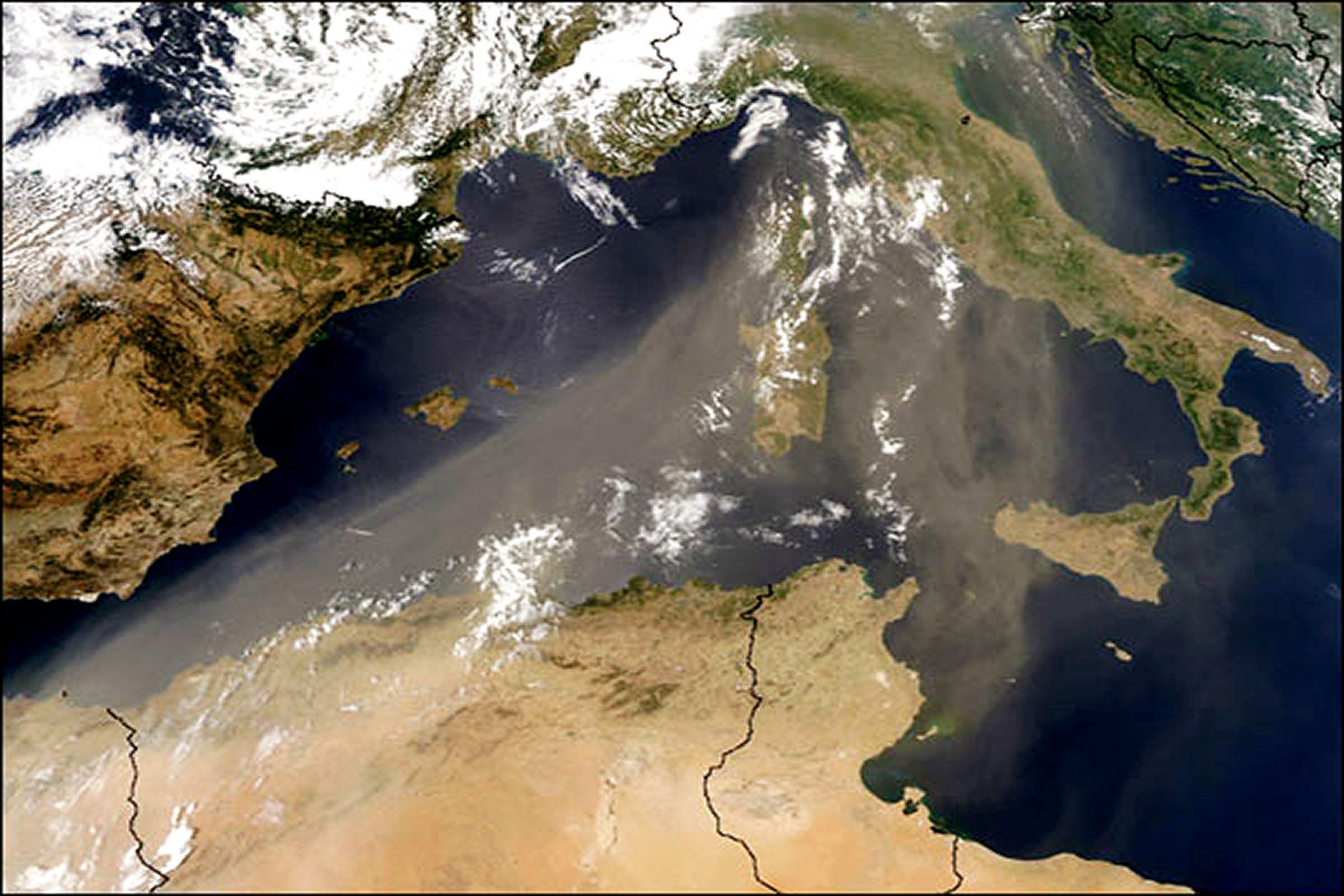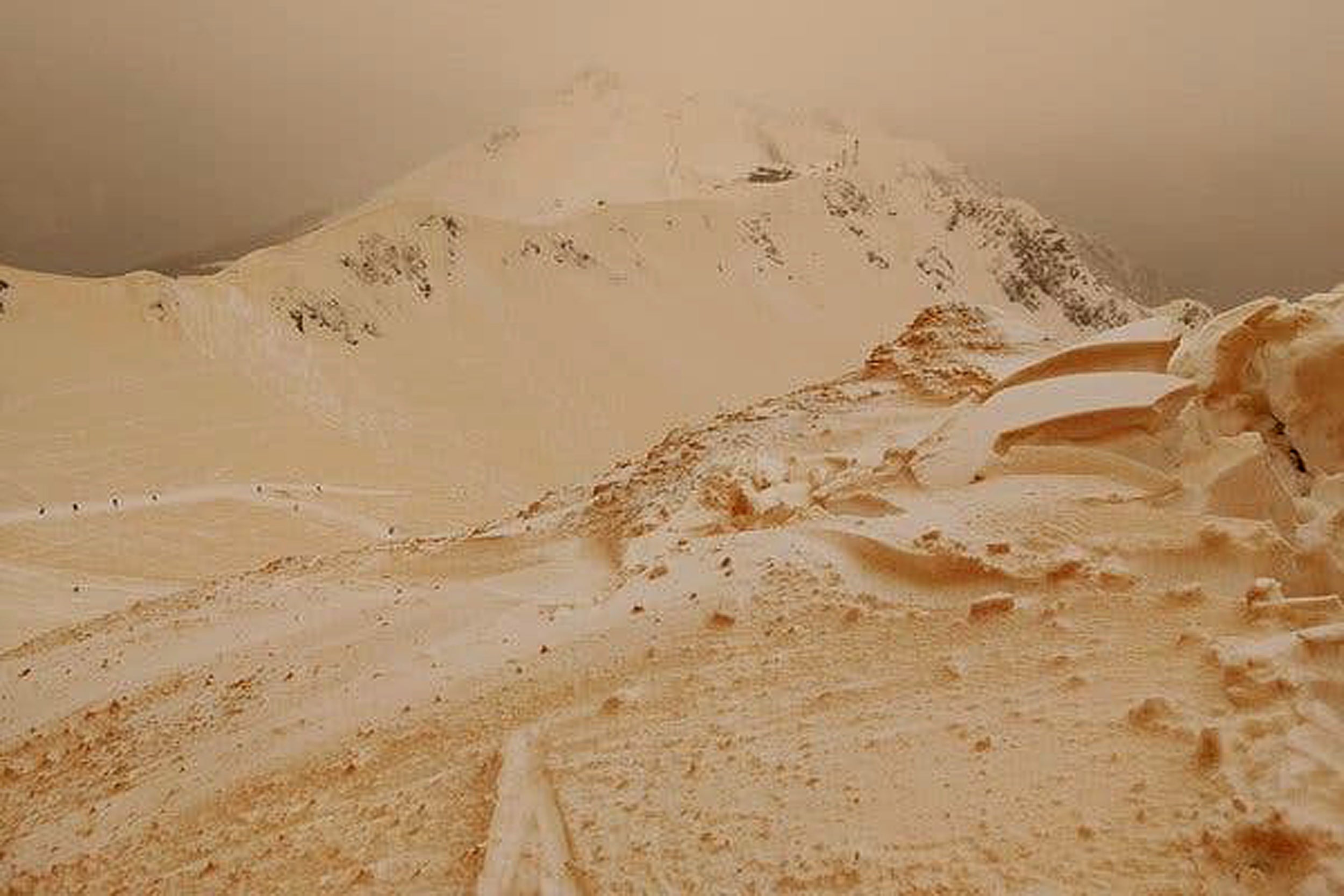A new groundbreaking study shows that warming planet will make dust storms more intense in the Mediterranean and the Atlantic.
Using the highest-resolution continuous climate record ever published, the study explains the connections between dust storms, extended periods of drought, volcanoes, and warming in the Mediterranean, Europe and Asia.
These ultra-high-resolution records revealed stronger Saharan dust storms during past warming periods, and provide a glimpse of what we may expect in the future. More intense storms will impact glaciers by making them darker so they absorb more heat. More dust in the air will worsen air quality and public health, while also affecting the frequency of North Atlantic hurricanes.
The study is another milestone in the collaboration between the Initiative for the Science of the Human Past at Harvard and the Climate Change Institute at the University of Maine. This interdisciplinary team of climate scientists, historians and archaeologists combined data from an ice core retrieved from the European Alps with highly detailed historical records. In the past, dust storms occurring at the same time as rainstorms were often recorded as “blood rain” due to the reddish color of Saharan dust.



